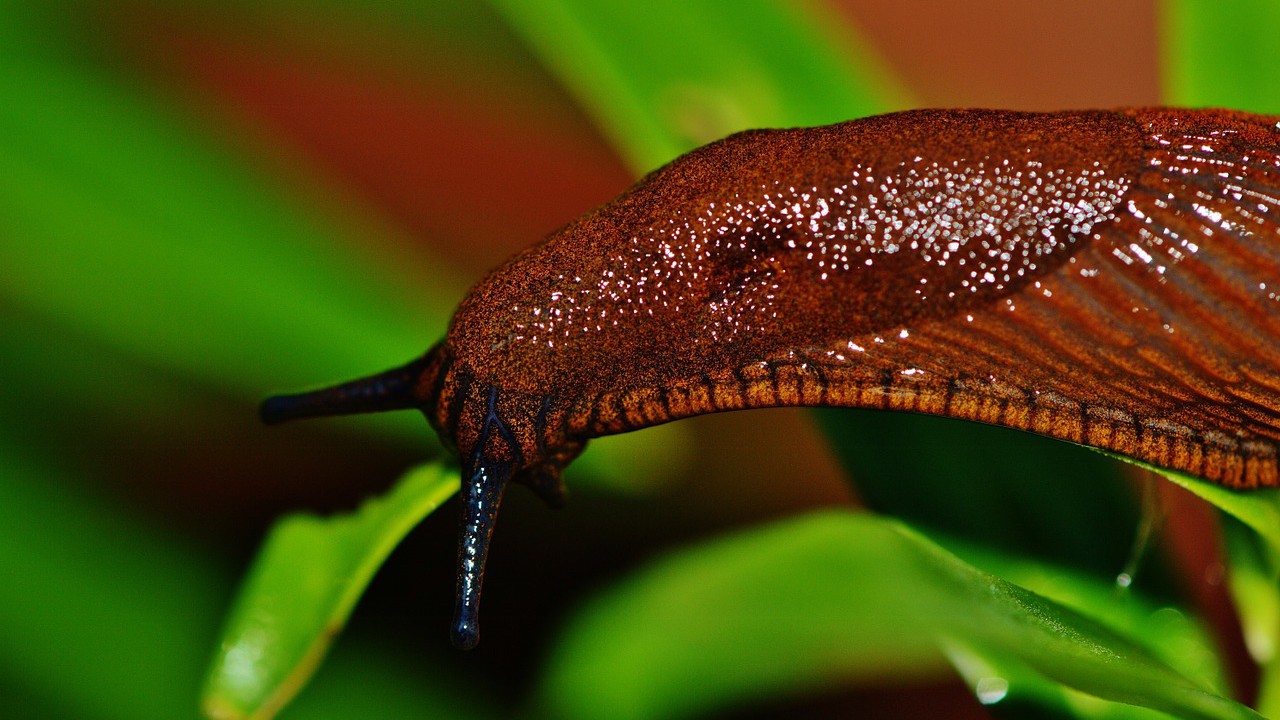As the slug pellet application season fast approaches, the agricultural industry is being urged to implement enhanced metaldehyde stewardship.
Alison Hall, from the Metaldehyde Stewardship Group (MSG), explains that while it was hoped that metaldehyde product re-registrations would come through ahead of the 2018 slug pelleting season, the process is still ongoing.
“There’s still no decision, but we’ve been making a strong case to the authorities as to how stewardship is delivering environmental benefits.
“Which means it’s more important than ever that agronomists, farmers and contractors advise upon and use the molluscicide responsibly this season,” she added.
4 key stewardship steps
- Firstly, no pellets should be allowed to fall within a minimum of 10m of any field boundary or watercourse. The buffer was historically 6m and it only applied to watercourses. However, increasing it to 10m of all field boundaries helps protect birds and small mammals, and provides additional protection to water.
- Secondly, with the view of helping to minimise slug infestations and reduce the need for treatment, metaldehyde slug pellets must only be used as part of a wider Integrated Pest Management (IPM) programme. Factors such as soil and stubble management, planting methods, weather, trapping and monitoring should all be considered as part of slug control programmes. And, if treatment is necessary, it’s imperative to refer to the full set of MSG guidelines.
- Think ‘Soil, Slope and Stream’ – your field’s soil type, topography and proximity to a watercourse are all key to understanding whether metaldehyde applications could impact drinking water quality.
- And, last but not least, stop and think ‘B.I.R.D’ before applying. This stands for Buffer, I’m legal, Records, and Dose.”
Metaldehyde Stewardship Group
The Metaldehyde Stewardship Group formed in 2008 in response to metaldehyde being detected in catchments used for water abstraction.
The ‘Get Pelletwise’ stewardship campaign was launched to promote and encouraging best practice with metaldehyde slug pellets, to minimise environmental impacts and in particular protect water.
Due to increasing regulatory pressure, the stewardship campaign enhanced in 2017 to include steps to ensure maximum protection of birds and small mammals, as well as water.
Metaldehyde slug pellets must only be used as part of an Integrated Pest Management (IPM) programme to help minimise slug infestations and reduce the need for treatment.

